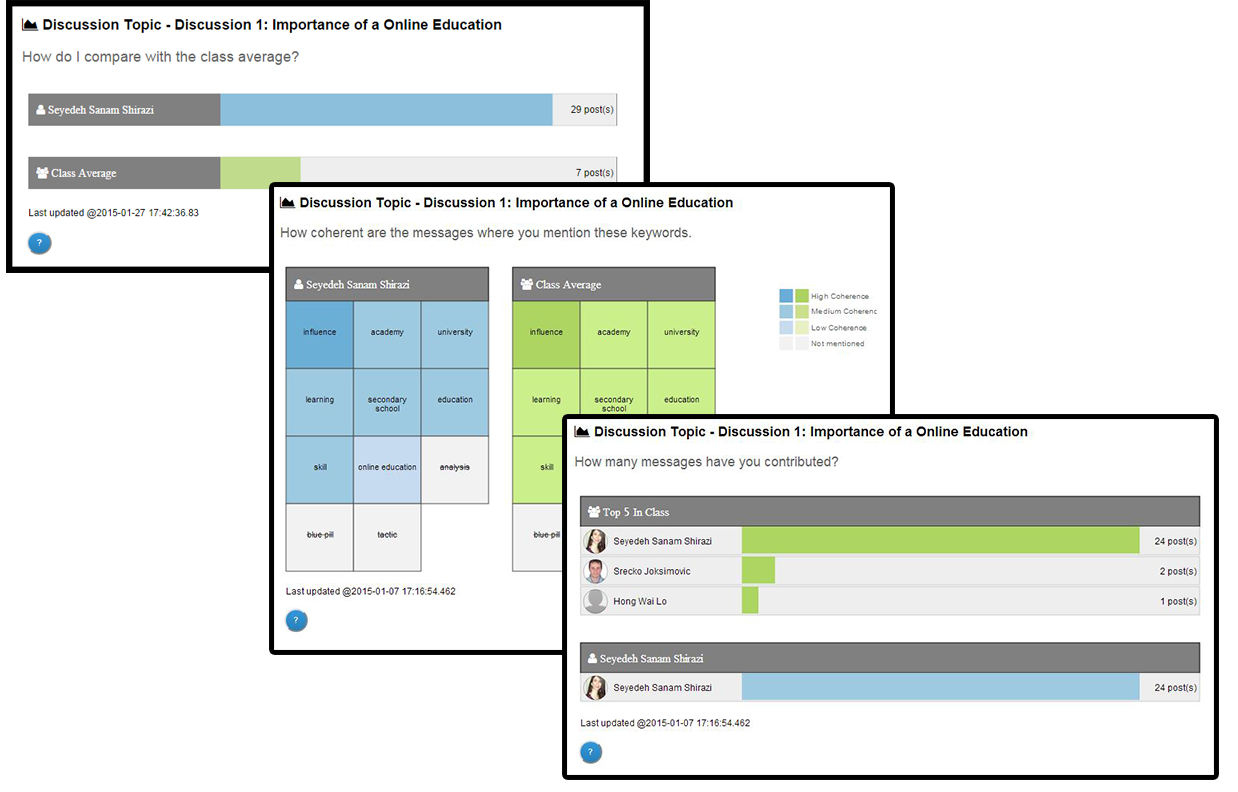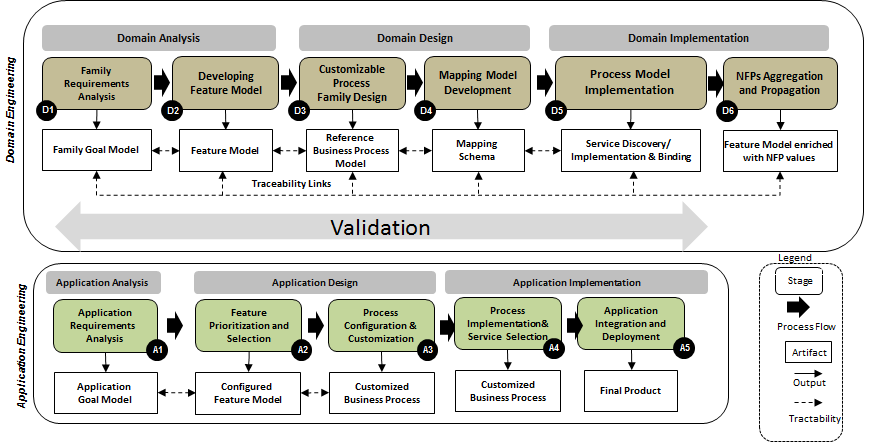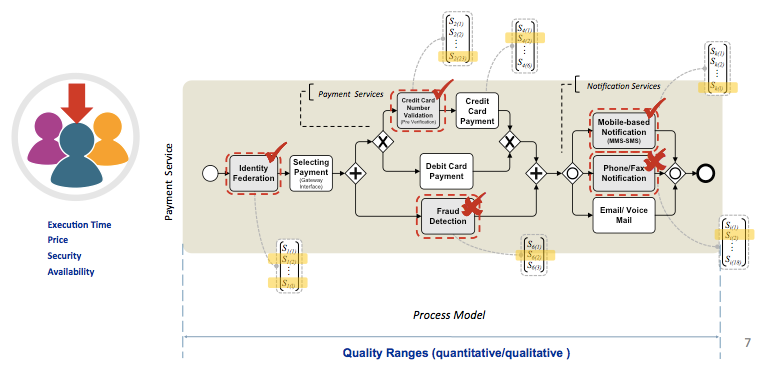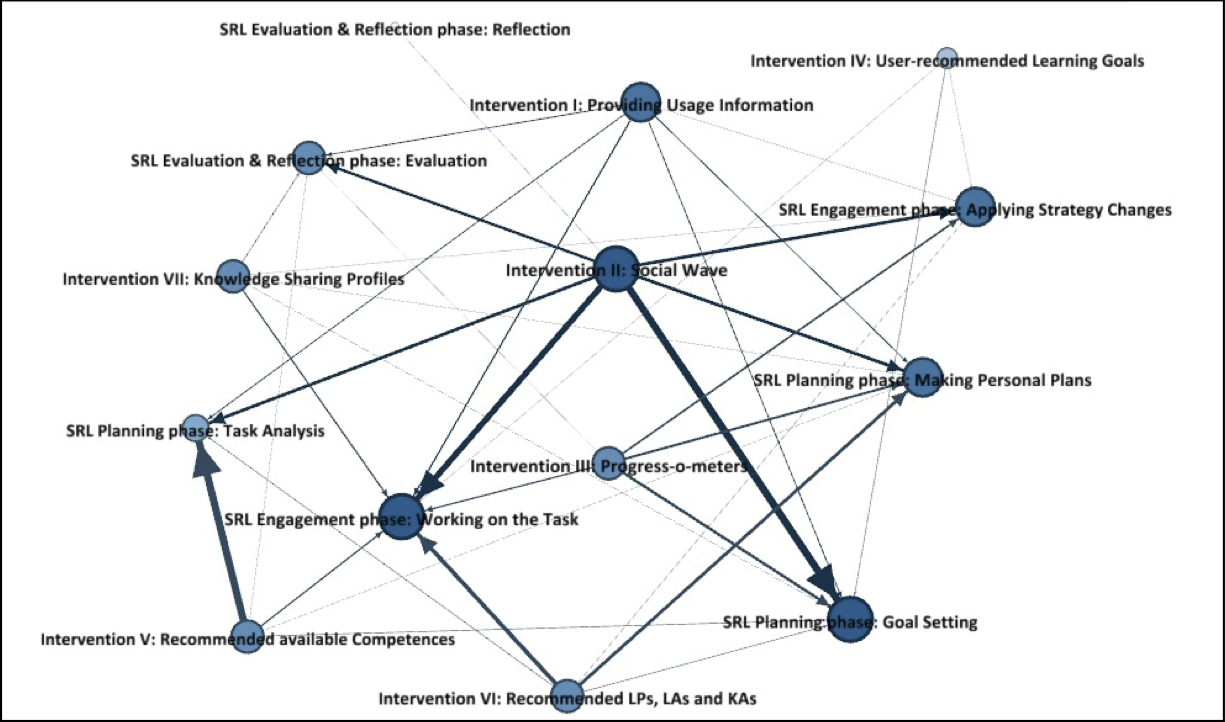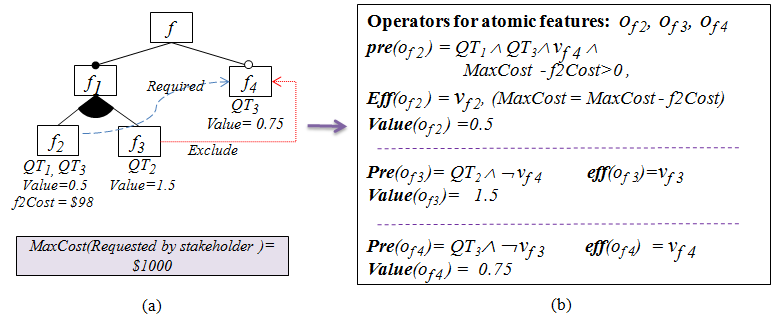
Liaqat Ali
Leveraging MSLQ dataset for predicting students’ achievement goal orientations
Motivation, cognition, and achievement goals are three broad domains of learners’ characteristics that affect how learners study and what they learn by studying. Two of the most commonly used instruments for measuring learners’ characteristics are the Motivated Strategies for Learning Questionnaire, and the Achievement Goals Orientation. A substantial body of research over the last three decades has studied relationships between the motivational and the achievement goal constructs used in both the instruments. No previous study, however, attempted to use the existing knowledge of construct associations to derive learners’ achievement goals from their measures of learning motivation or vice versa. This research aimed to leverage the Motivated Strategies for Learning Questionnaire dataset for predicting learners’ achievement goals orientations and was guided by the following research question: whether the MSLQ measures of motivated strategies for learning reveal achievement goal orientations of college students. Data for this study was collected from 347 undergraduate students. Both a confirmatory data analysis approach and an exploratory data analysis approach were employed to examine the collected data. For confirmatory analysis, I built a new theoretical model of the Motivated Strategies for Learning Questionnaire items based on the previous empirical research findings, and employed Pearson correlation analysis, regression analysis and Akaike Information Criterion to identify the best-fit models. For exploratory investigations, I used canonical correlation analysis to identify relationships between Motivated Strategies for Learning Questionnaire measures and Achievement Goals Orientation constructs. The confirmatory analysis identified a 15-item model of motivated strategies which predicted four achievement orientations, whereas the exploratory analysis resulted in a 15-item model that predicted three achievement goal orientations.
Full Thesis